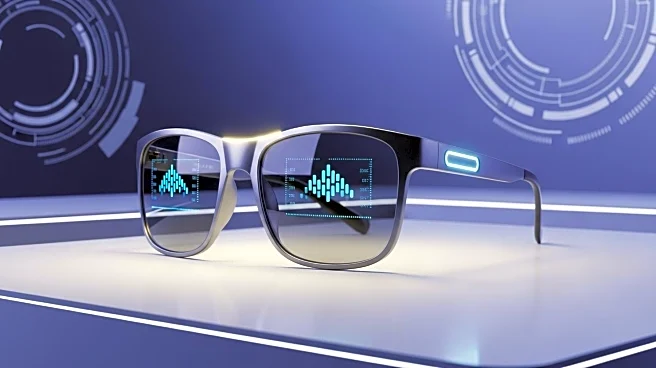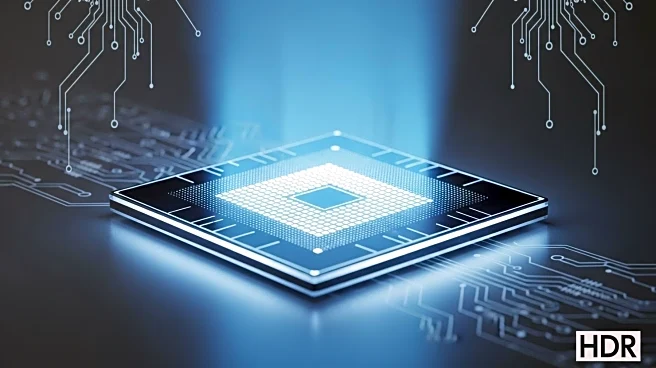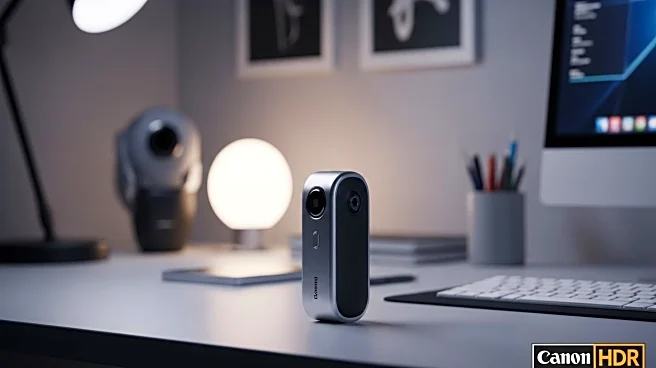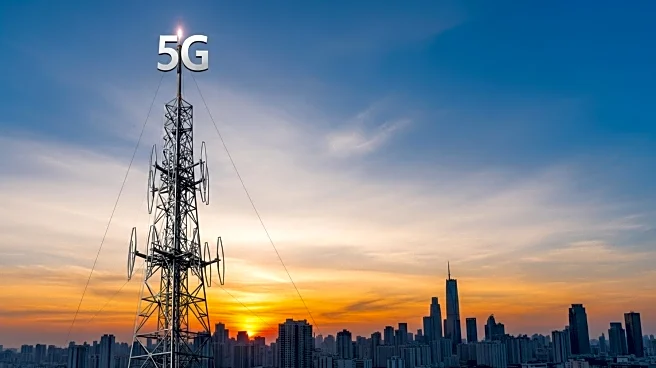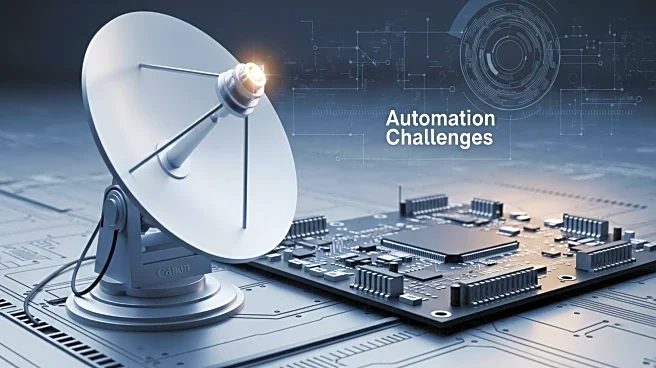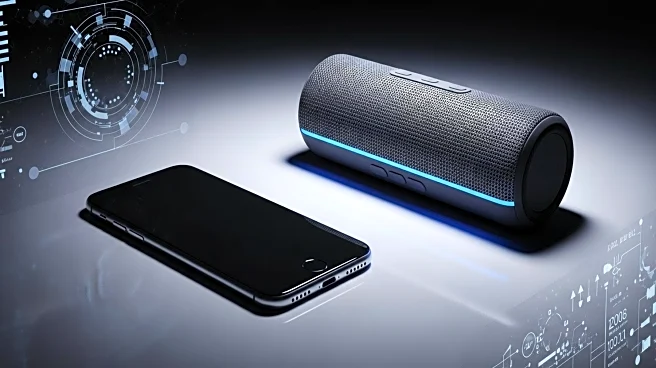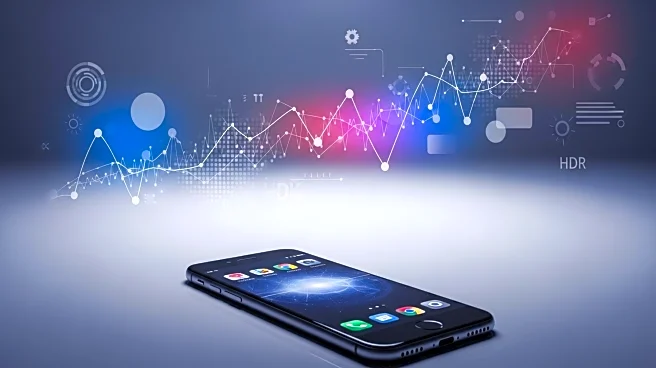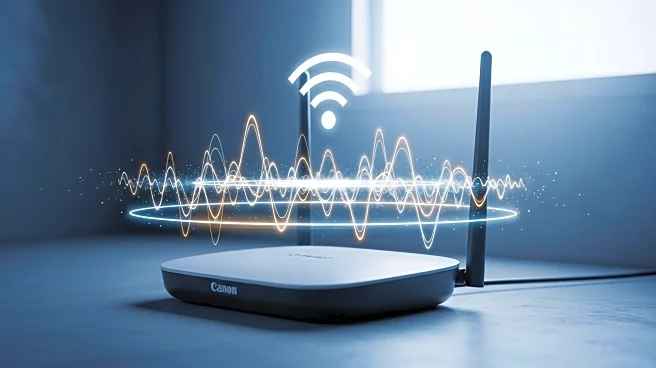What is the story about?
What's Happening?
The NanoPhone, a compact smartphone, is currently available at a significantly reduced price on StackSocial. Originally priced at $200, it is now being offered for $90. The NanoPhone is designed to cater to consumers who prefer smaller devices, reminiscent of early mobile phones before the advent of larger screens for internet and video access. Despite its small size, the NanoPhone features a three-inch HD touchscreen, weighs under three ounces, and includes a 5MP rear camera and a 2MP front camera. It supports 4G LTE and is compatible with major U.S. carriers such as Verizon, AT&T, and T-Mobile, as well as budget providers like Cricket and Mint. Running on Android 10, it allows users to access popular apps like WhatsApp and Instagram.
Why It's Important?
The availability of the NanoPhone at a reduced price presents an opportunity for consumers seeking a less intrusive smartphone experience. This could appeal to individuals looking to decrease screen time and prioritize portability. The device's compatibility with major carriers and budget providers enhances its accessibility, potentially attracting a diverse range of users. The NanoPhone's affordability and compact design may influence market trends, encouraging other manufacturers to explore similar offerings. This development could impact consumer preferences, shifting focus from large-screen smartphones to more compact alternatives.
What's Next?
As the NanoPhone gains traction, it may prompt other smartphone manufacturers to consider producing compact devices to meet consumer demand. The success of the NanoPhone could lead to increased competition in the market, driving innovation in compact smartphone design and functionality. Additionally, consumer feedback on the NanoPhone's performance and usability may influence future iterations, potentially leading to enhancements in battery life, camera quality, and app compatibility.
Beyond the Headlines
The NanoPhone's introduction highlights a potential shift in consumer priorities, emphasizing portability and reduced screen time over large displays and constant connectivity. This trend could have broader implications for digital well-being, encouraging users to engage more mindfully with technology. The NanoPhone's affordability also raises questions about the accessibility of technology, potentially democratizing smartphone ownership and usage.
AI Generated Content
Do you find this article useful?



